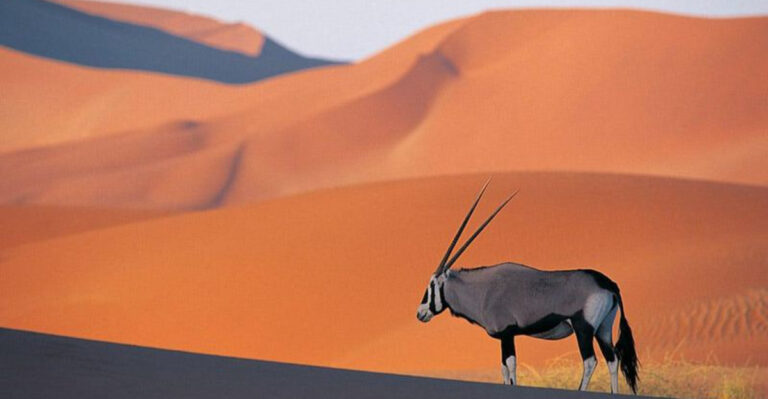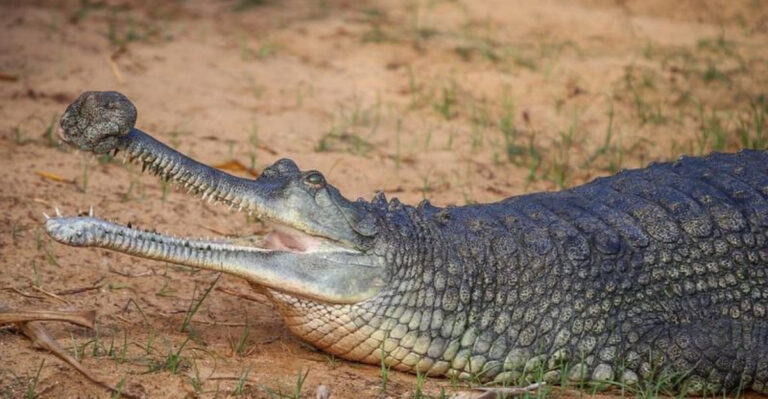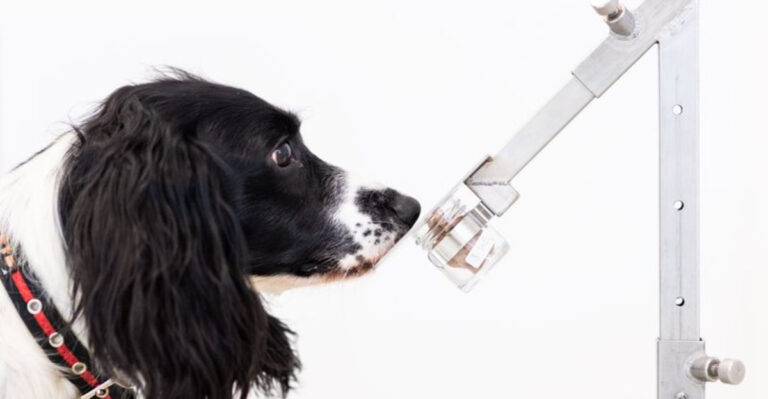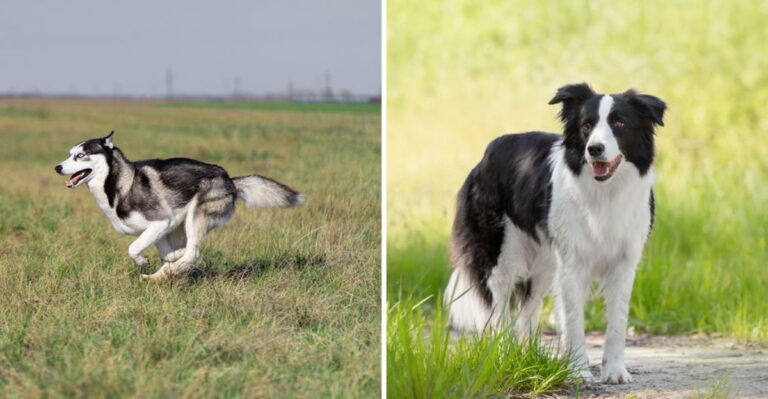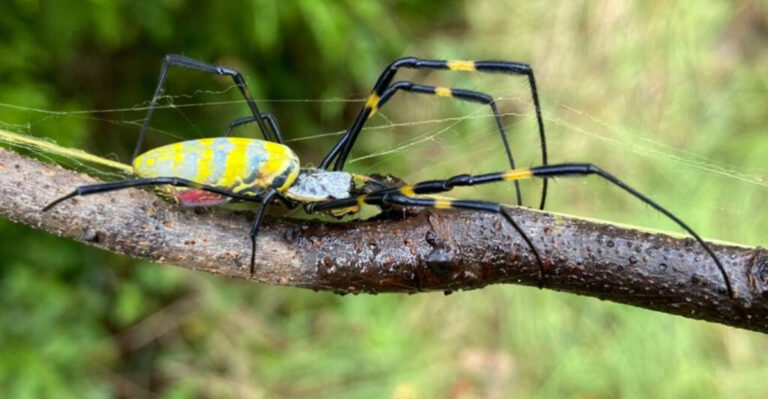14 Conservation Wins Worth Celebrating On National Wild Koala Day
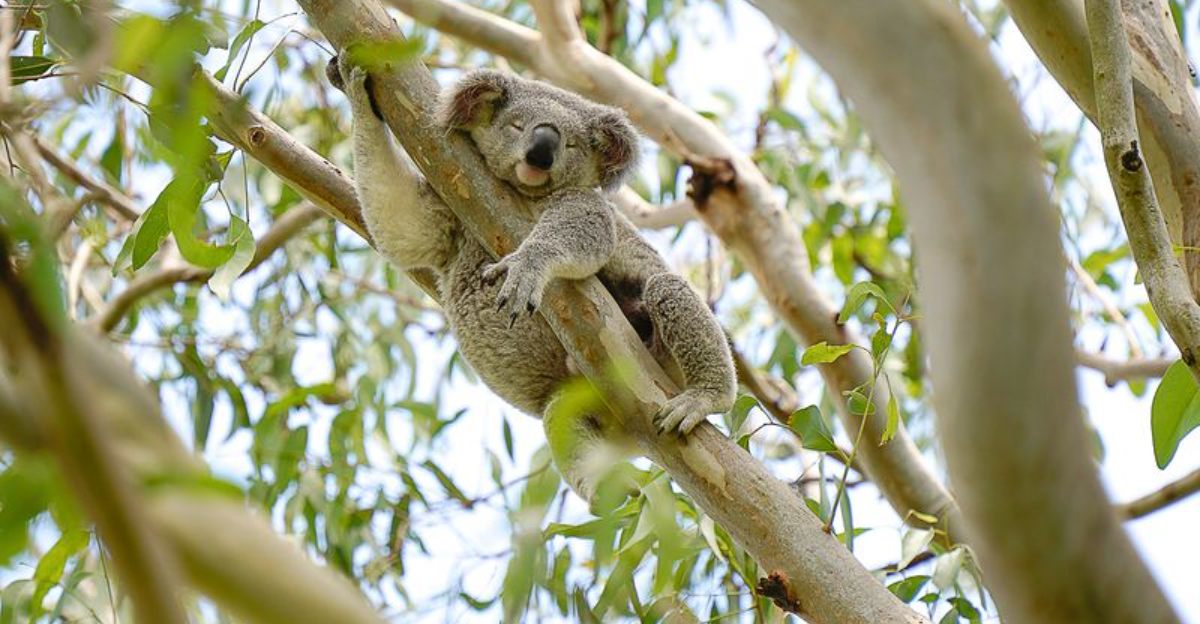
Imagine a world without those fuzzy, eucalyptus-munching marsupials that have become an iconic symbol of Australia. Scary thought, right?
Koalas have faced serious threats from habitat loss, disease, and devastating bushfires. But it’s not all doom and gloom!
Conservation efforts across Australia have made impressive strides in protecting these beloved creatures, giving us plenty to celebrate this National Wild Koala Day.
1. Groundbreaking Vaccine Progress
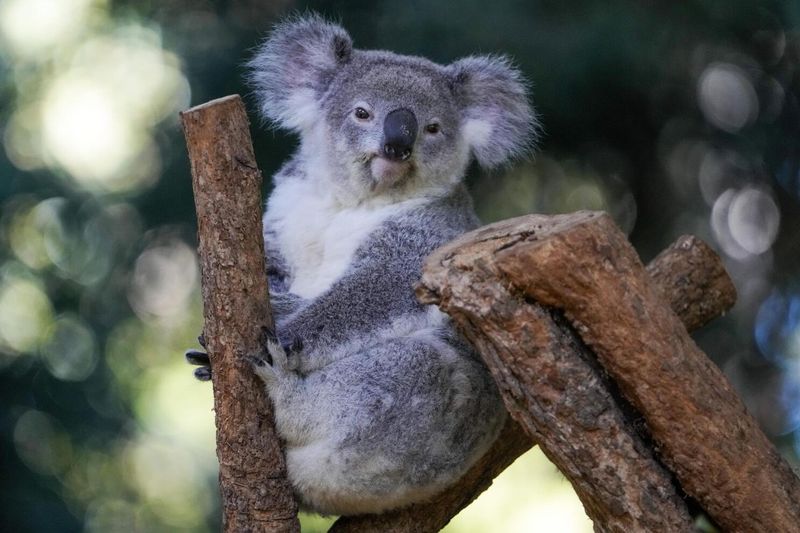
Scientists have made a breakthrough in fighting chlamydia, a disease that affects up to 90% of koalas in some areas. The newly developed vaccine shows remarkable effectiveness in clinical trials, potentially saving thousands of fuzzy lives.
Field teams are already implementing vaccination programs in vulnerable populations. This medical marvel could be the turning point in addressing one of the biggest health threats facing wild koalas today.
2. Sophisticated Tracking Technology
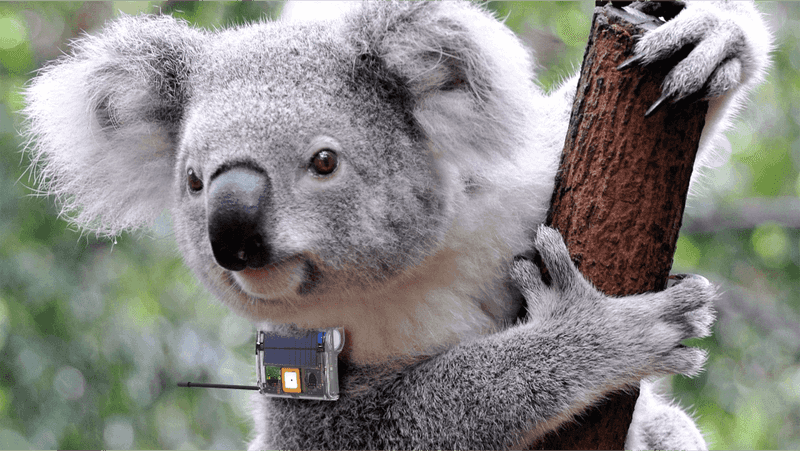
Smart collars equipped with GPS and biometric sensors are revolutionizing koala protection. These lightweight devices monitor everything from location to heart rate, letting researchers gather crucial data without disturbing the animals.
The collar data has already prevented several koalas from becoming roadkill by alerting drivers through special roadside warning systems. Talk about tech with a purpose – these gadgets are literal lifesavers!
3. Record-Breaking Habitat Restoration
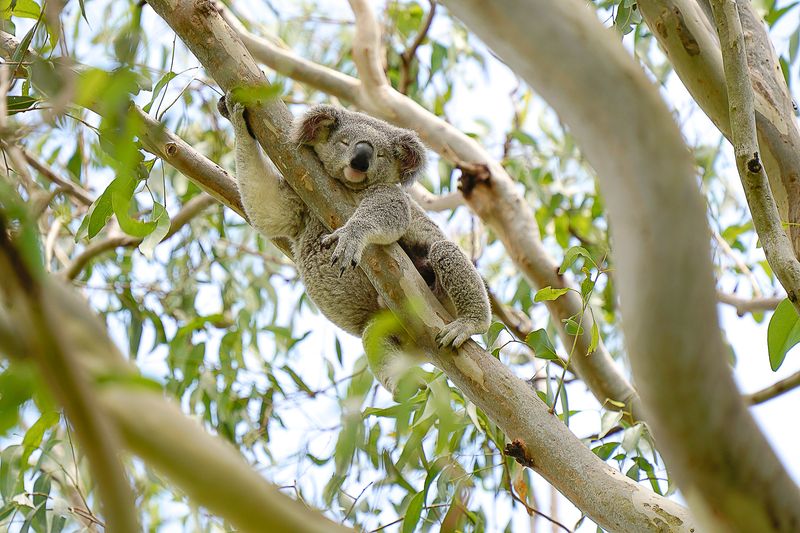
Tree-planting volunteers smashed records last year by establishing over 100,000 new eucalyptus trees across eastern Australia. These leafy havens create crucial wildlife corridors that allow koalas to travel safely between forest patches.
The new growth areas are already showing promising signs, with young koalas spotted exploring the fresh canopies. This green revolution is turning barren landscapes into thriving koala neighborhoods!
4. Community-Led Koala Crossings
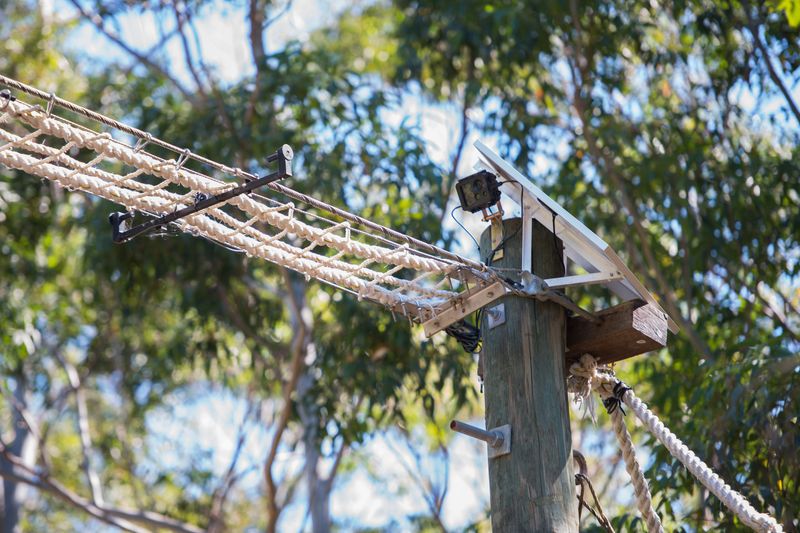
Neighborhood groups have taken matters into their own hands by building rope bridges over busy roads. These aerial highways allow koalas to cross safely without risking their lives on the asphalt below.
Motion-sensor cameras have captured over 200 successful crossings in the past year alone. Local school kids now monitor these passages as part of their science education, creating the next generation of conservation champions.
5. Innovative Bushfire Response Protocols
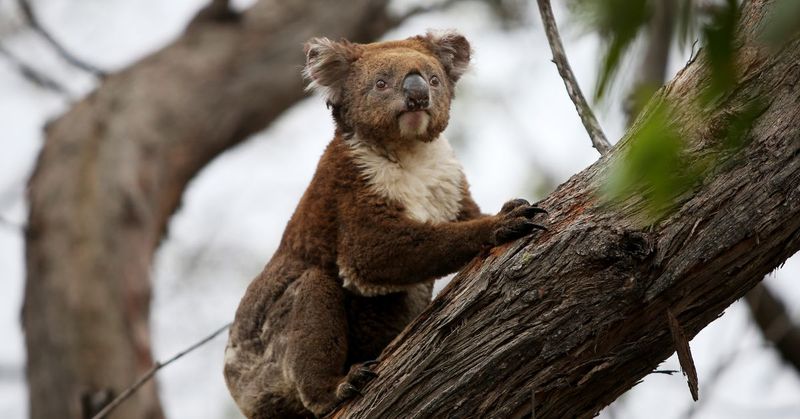
After the devastating 2019-2020 bushfires, emergency teams developed new rescue protocols specifically for koalas. Thermal drones now scan burned areas to locate survivors, dramatically improving recovery rates.
Specially trained detection dogs have joined the effort too, sniffing out koalas that technology might miss. This multi-faceted approach has already saved dozens of injured animals that would have otherwise perished in post-fire environments.
6. Legal Landmark: Protected Status Upgrade
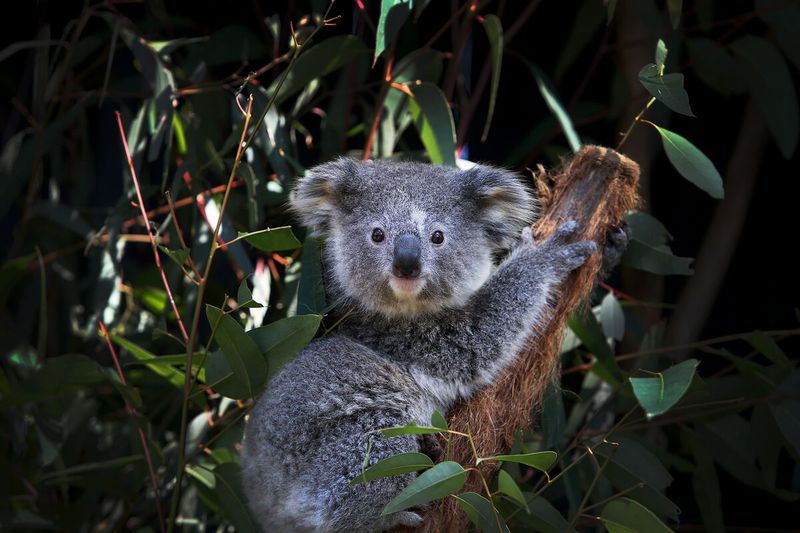
Koalas received upgraded protection status in three Australian states last year. This legal victory means their habitat now receives stronger safeguards against development and logging interests.
The new regulations require comprehensive wildlife surveys before any land clearing. Developers must now provide substantial offset habitats if their projects affect koala territories – a game-changer for preserving crucial eucalyptus forests.
7. Citizen Science App Success
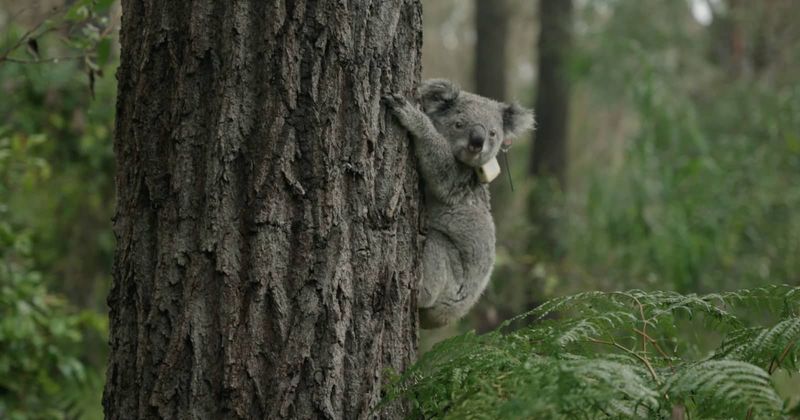
The ‘Koala Spotter’ app has transformed how researchers track wild populations. Weekend warriors armed with smartphones have logged over 3,000 koala sightings in the past year, creating an unprecedented database of distribution patterns.
This crowdsourced approach multiplies the eyes on the ground by thousands. Scientists are now identifying previously unknown koala communities thanks to everyday people who stop to report that fuzzy gray blob in a tree!
8. Genetic Diversity Breakthrough
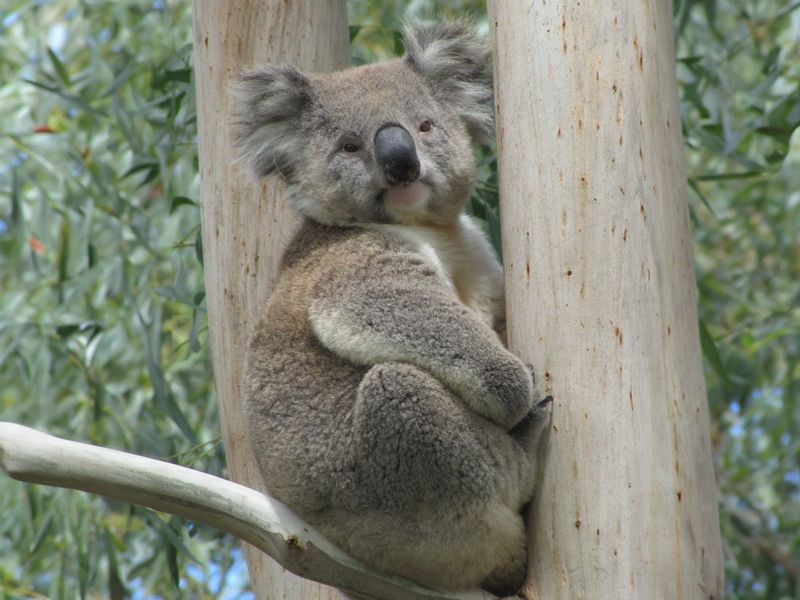
Researchers have successfully introduced koalas from healthy populations into areas suffering from inbreeding. The genetic refresh is already showing positive results, with stronger joeys being born to previously struggling groups.
DNA sampling techniques have become so refined that scientists can identify the perfect candidate koalas for translocation. This precision approach ensures maximum benefit while minimizing stress on the animals during the relocation process.
9. Corporate Funding Revolution
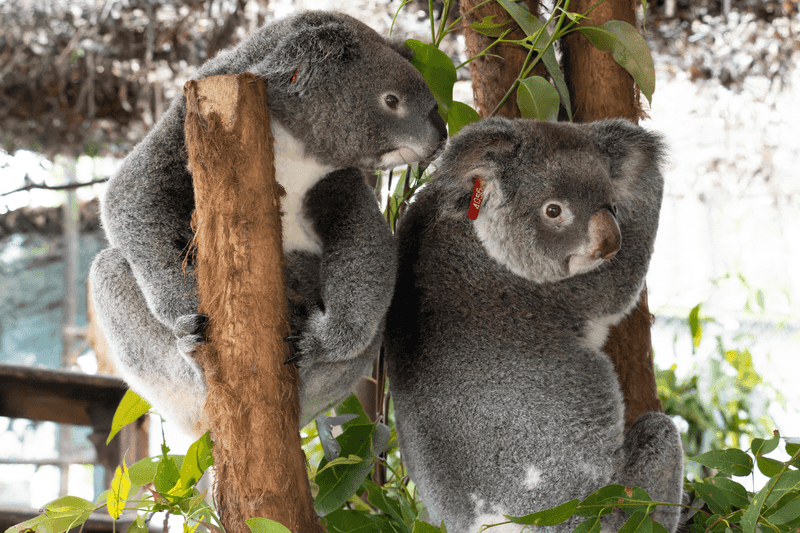
Major Australian businesses have pooled resources to create the largest-ever private koala conservation fund. This $50 million initiative supports everything from habitat purchases to veterinary care for injured animals.
Unlike previous corporate efforts, this program gives scientists complete authority over how funds are used. The business world is finally putting its money where it matters, with no strings attached – just pure commitment to saving these iconic marsupials.
10. Hospital Network Expansion
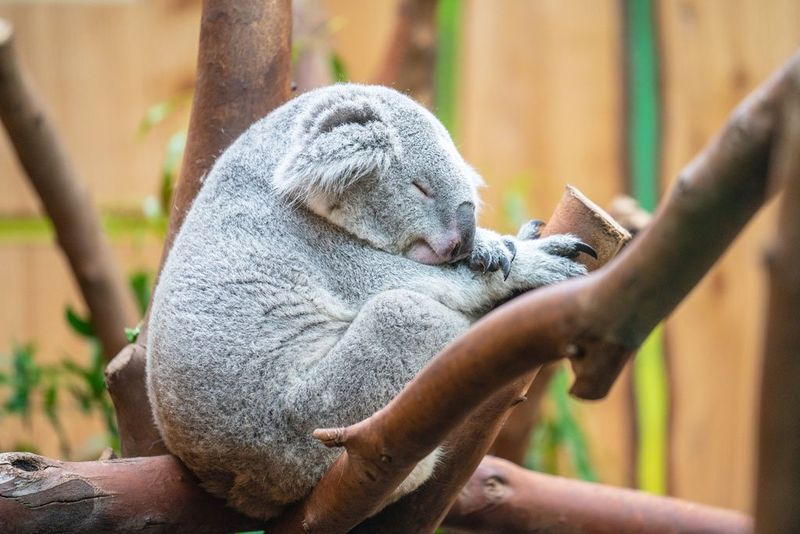
Five new koala hospitals opened their doors across eastern Australia this year. These specialized care centers feature cutting-edge treatment facilities designed specifically for marsupial patients.
Each hospital includes public viewing areas where visitors learn about conservation while watching recoveries in progress. The healing happens behind glass, but the educational impact is direct and powerful – creating thousands of new koala advocates every month.
11. Artificial Intelligence Guardians
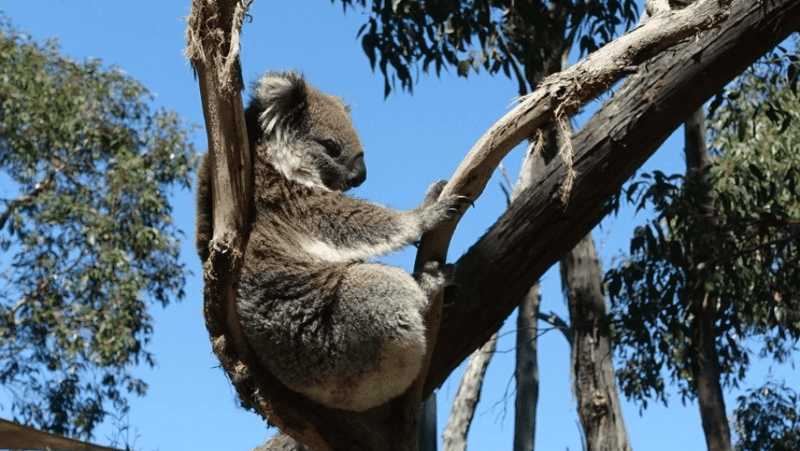
Smart cameras powered by AI algorithms now monitor key koala habitats 24/7. The system can distinguish between species and alert rangers to potential threats like predators or illegal logging activities.
False alarms have dropped by 90% compared to previous monitoring methods. This technological leap means protection resources go exactly where needed, when needed – a massive efficiency boost for stretched conservation teams.
12. Indigenous Knowledge Integration
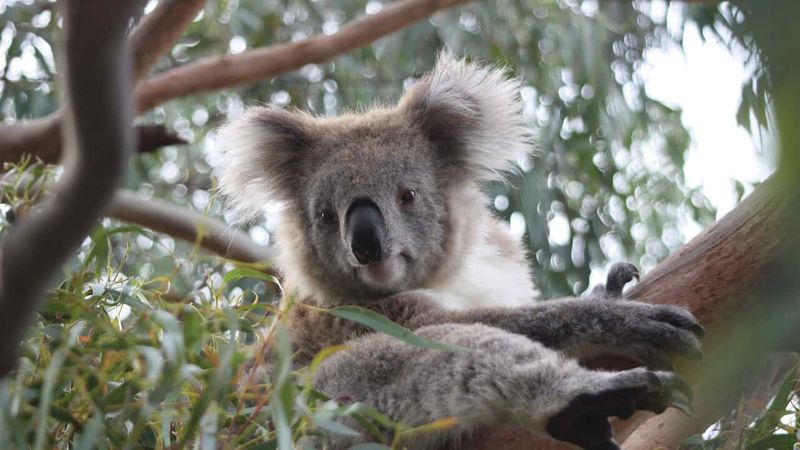
Aboriginal ranger programs have formalized partnerships with scientific institutions to blend traditional knowledge with modern conservation techniques. These collaborative efforts bring thousands of years of environmental wisdom into current protection strategies.
Indigenous burning practices are proving particularly valuable for creating fire-resistant koala habitats. The controlled burns reduce catastrophic wildfire risk while promoting healthy forest regeneration – a perfect example of ancient wisdom solving modern problems.
13. Eucalyptus Diversification Project
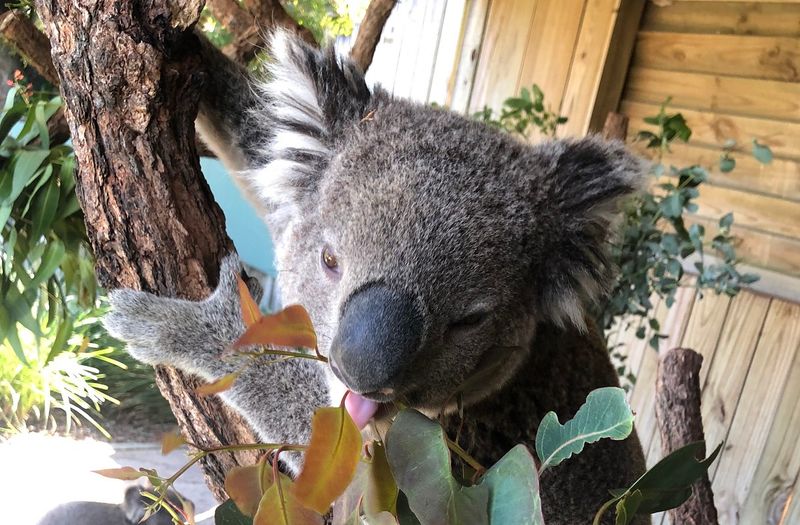
Botanists have identified 15 eucalyptus species that show superior resilience to climate change while still providing koala nutrition. These heat-tolerant varieties are now being strategically planted throughout vulnerable regions.
Early results show koalas readily accept these alternative food sources. This proactive approach addresses the looming threat of climate change before it devastates koala food supplies – a rare example of getting ahead of an environmental challenge.
14. Tourism With Purpose
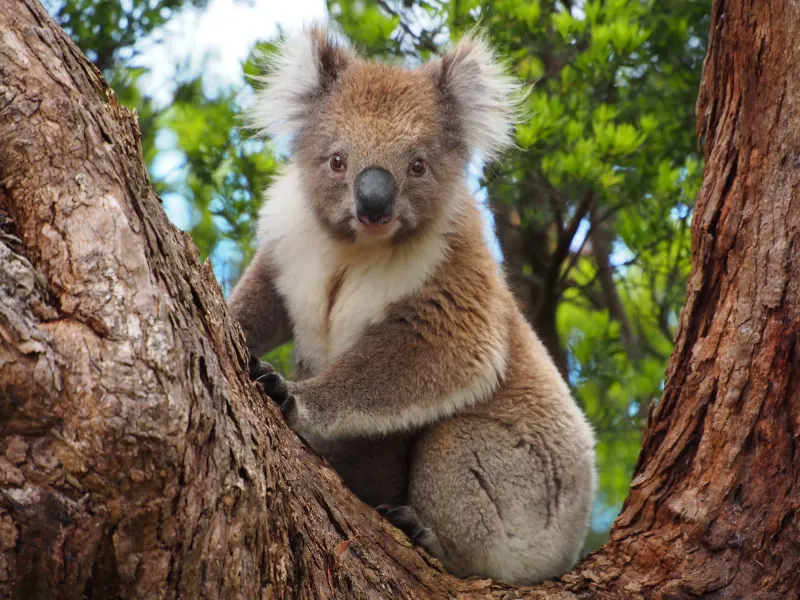
Eco-tourism initiatives centered around koala conservation have created a virtuous economic cycle. Visitors pay premium prices for guided wildlife experiences, with proceeds directly funding habitat protection.
Unlike old-school wildlife tourism, these programs maintain strict no-contact policies. The innovative approach proves that meaningful animal encounters don’t require harmful interactions – just thoughtful planning and genuine respect for wild creatures.

